Micron C400 mSATA (128GB) SSD Review
by Anand Lal Shimpi on April 10, 2012 8:00 AM ESTThe arrival of affordable, high-performance client SSDs gave us two (closely related) things: 1) a high-speed primary storage option that could work in both a notebook or a desktop, and 2) independence from traditional hard drive form factors.
Unlike traditional hard drives, solid state storage didn't have the same correlation between performance and physical size. The 2.5" form factor was chosen initially because of the rising popularity of notebooks and the fact that desktops could use a 2.5" drive with the aid of a cheap adapter. Since then, many desktop cases now ship with 2.5" drive bays.
It turns out that even the 2.5 wide, 9.5mm tall form factor was a bit overkill for many SSDs. We saw the first examples of this with the arrival of drives from Corsair and Kingston, where the majority of the 2.5" enclosure went unused. Intel and others also launched 1.8" versions of their SSDs with performance levels comparable to their 2.5" counterparts.
Moore's Law ensures that large SSDs can be delivered in small packages. Take the original Intel X25-M for example. The first 80GB and 160GB drives used a 50nm 4GB MLC NAND die (1 or 2 die per package), across twenty packages. Intel's SSD 320, on the other hand, uses 25nm NAND to deliver 300GB or 600GB of storage in the same package configuration. As with all things Moore's Law enables, you can scale in both directions - either increase capacity in a 2.5" form factor, or enable smaller form factors with the same capacity.
The Ultrabook movement has encouraged development of the latter. While Apple and ASUS (among others) have picked custom form factors for their smallest form factor SSDs, there's always a need for standardization. One option is the mSATA form factor:
Take a mini PCIe card, use the same connector, but make it electrically compatible with SATA and you've got mSATA. It's even possible to build an mSATA/mini PCIe connector that can switch between the two interfaces.
We met our first mSATA SSD with Intel's SSD 310, however today Micron is announcing an mSATA version of its popular C400 drive:
The best part of the C400 mSATA? Identical performance to its 2.5" counterpart:
| Micron C400 Comparison | ||||||
| C400v | C400v mSATA | C400 | C400 mSATA | |||
| Capacity | 64GB | 32GB, 64GB | 128, 256, 512GB | 128, 256GB | ||
| Interface | SATA 6Gbps | mSATA 6Gbps | SATA 6Gbps | mSATA 6Gbps | ||
| Sequential Read | Up to 500MB/s | Up to 440MB/s (32GB) Up to 500MB/s (64GB) |
Up to 500MB/s | Up to 500MB/s | ||
| Sequential Write | Up to 95MB/s | Up to 50MB/s (32GB) Up to 95MB/s (64GB) |
Up to 175MB/s (128GB) Up to 260MB/s |
Up to 175MB/s (128GB) Up to 260MB/s |
||
| Endurance Spec | 36TBW | 36TBW | 72TBW | 72TBW | ||
Given the extremely small surface area the mSATA/mini PCIe form factor allows, there's only enough room for the Marvell controller, 256MB of 1.5V DDR3 DRAM and four NAND packages. On a 128GB drive that works out to be 32GB per package, or four 8GB 25nm MLC die per package. You can scale up and down accordingly depending on capacity. Each package has two channels routed to it, thus behaving like a full eight channel drive but with only four chips.
Micron will offer two distinct flavors: the C400v mSATA and C400 mSATA, similar to what we see in the 2.5" version. The major difference? Write endurance. The C400v is rated for 36TB of writes over the course of the drive compared to 72TB for the C400. The same type of NAND is used on both, this is merely a function of available spare area vs. the workload Micron is using to rate the drives. Note that Micron is using a client (read: largely sequential, PCMark-like) workload to determine endurance ratings here, not a 4KB random write test.
Similar to the breakdown with the 2.5" drive, Micron will sell the C400 to OEMs while Crucial will offer a retail/etail version direct to consumers under the m4 brand. Micron isn't announcing pricing but you can expect it to be a little cheaper than the 2.5" version thanks to a slightly lower BOM (bill of materials).
Micron sent a 128GB C400 mSATA drive along for review so we put it through its paces in our standard SSD test suite. I've included comparison results to Intel's SSD 310 mSATA, but keep in mind this is a much faster, 6Gbps drive.
The results, as I mentioned above, are in-line with the 2.5" version:
Note that this is pretty incredible performance in an extremely small form factor. We're not too far away from being able to have a tablet capable of reading files at 500MB/s thanks to SSDs like this.
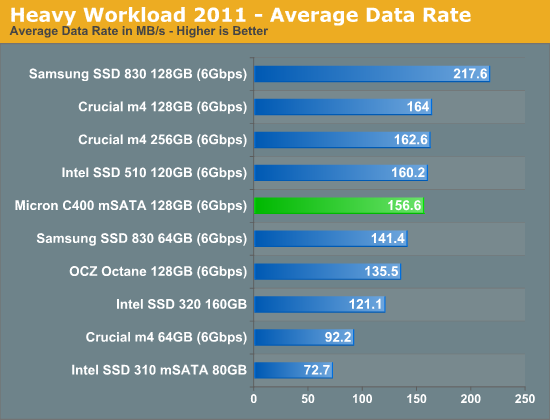

I've included our usual benchmarks in the subsequent pages but you can also use Bench to compare drives directly.
Final Words
The C400/m4 have always been good drives, backed by a trustworthy name. Thanks to Micron's in-house firmware development team and extensive system testing courtesy of the memory side of the house, compatibility should be quite good.
As promised, performance of the C400 mSATA is nearly identical to the 2.5" version, making it a formidable competitor in the mSATA space. It's also insane to think that you can pull 500MB/s from something this small - oh what SSDs have done to the world. I have no issues recommending this drive should you be in the market for an mSATA based SSD. Furthermore, I hope to see more small form factor variants of other major SSDs. While I don't know that this mini PCIe/mSATA form factor will be what replaces 2.5" for ultraportables, it's clear that 2.5" drives are going to be the new 3.5" as far as SSDs are concerned and smaller form factors will emerge to take the place of 2.5" drives.


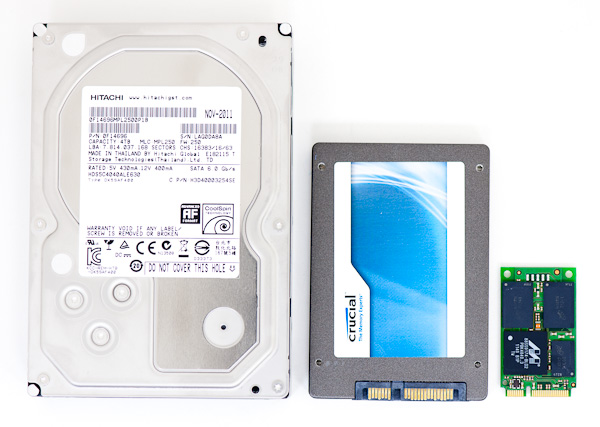
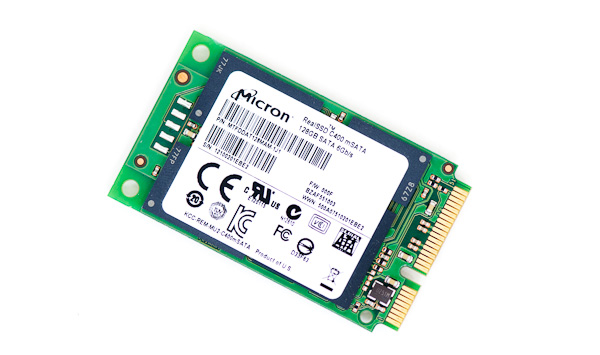
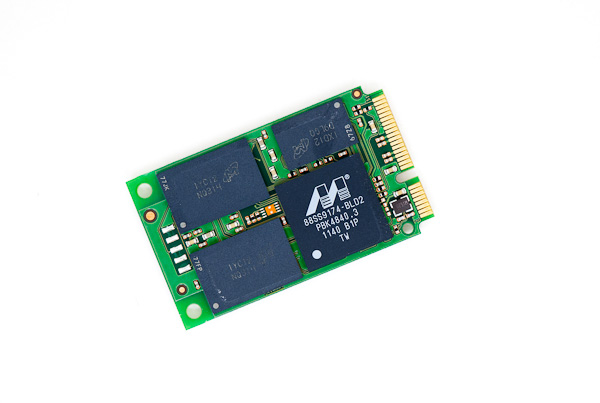

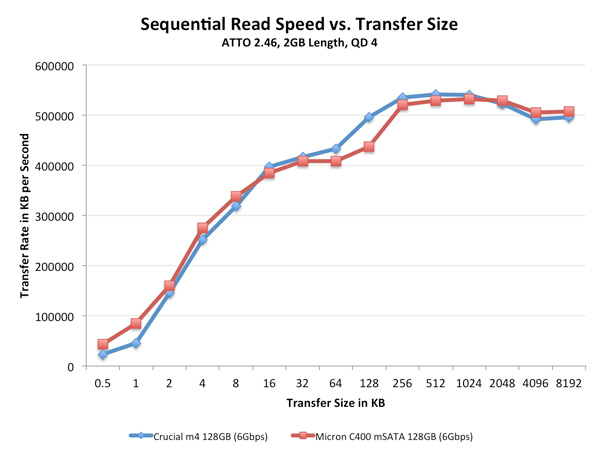
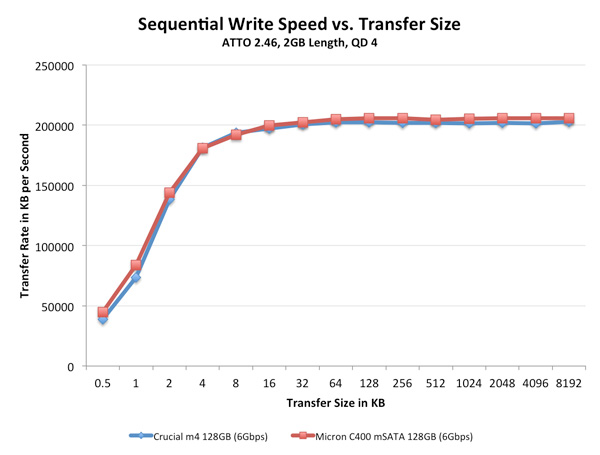
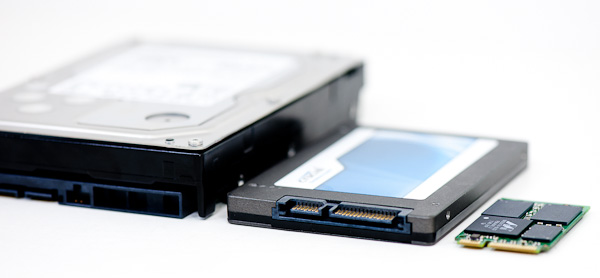








47 Comments
View All Comments
GreenEnergy - Tuesday, April 10, 2012 - link
"Micron does not disclose its OEM pricing structure, but a company rep told us that the mSATA version of the C400 would cost a little bit less than the standard SATA versions that are available today."I could do with a 256GB mSATA SSD only in the mSATA/mPCIe slot. If I didnt own a 300GB SSD 320 series already....
Its just amazing to see. Tiny and powerful.
skildner - Tuesday, April 10, 2012 - link
If this is actually less than their current lineup of standard SATA versions, that would be amazing. There are a number of good mSATA drives out there, but prices haven't dropped like the standard SATA drives. The Runcore mSATA III would be my pick as it destroys all other mSATA drives, but it's about $2.50/gb. I would really take any second gen mSATA drive though as long as it hovered in the $1/gb range. The OCZ Nocti currently has the best price/performance and is around $1.50/gb.DanNeely - Tuesday, April 10, 2012 - link
I suppose the real question is if they're loss-leadering it to build market share, or if the smaller package actually is meaningfully cheaper to produce.GreenEnergy - Tuesday, April 10, 2012 - link
Its essentially the same package inside the bigger 2½" SSD. So saving a few $ on casing and such adds to it. But note they said a little bit.klmccaughey - Tuesday, April 10, 2012 - link
My mobo only has SATA 2 on the mSata port, and a quick look around it seems this is pretty standard.Is it still worth it? I already have 2x Vertex 3 128GB, one as C drive and the other as a games drive, but I would love to have a cache as well for my 1TB HD (where most of 250 games from Steam are /juntioned.
iwod - Tuesday, April 10, 2012 - link
Now i really hope Apple would adopt the Marvell controller, or even its next gen controller instead of using Samsung or Toshiba...Drizzt321 - Tuesday, April 10, 2012 - link
Any clue what the availability is? I've been wanting to put an mSATA as my primary OS for a while, but they seem to top out at 120GB for the OCZ Octi right now, but I really want more. Too bad my notebook only does SATA2 over mSATA :\Hubb1e - Tuesday, April 10, 2012 - link
My Gigabyte board as a mSATA port on it but is limited to 3gb. Is there any performance penalty for going with a 3Gb port? This form facter on a Gigabyte board would be an extremely clean system and is a great way to save some cabling mess in a case but it's not worth it if it's going to be slower.frostyfiredude - Tuesday, April 10, 2012 - link
Essentially what will happen is the data transfer between your motherboard and SSD will be capped at ~300MB/s. So look though the charts, you will only notice a difference between a 3Gb/s and 6Gb/s port in the loads that allow the drive to push past that ~300MB/s. For this C400/M4 SSD the only time that port difference will be relevant is during sequential reads.So my take is to not be concerned unless you absolutely need to maximize the performance of sequential reads, because all other aspects of the SSDs performance won't be affected at all. Most desktop loads are fairly random, so I doubt you'll notice a difference in normal use.
For what it's worth, I have a Corsair Force3GT plugged into a 3Gb/s port and it still feels the tiniest amount faster than my parents Crucial M4 which is plugged into a 6Gb/s port.
GreenEnergy - Tuesday, April 10, 2012 - link
Also raw sequal bandwidth doesnt make SSD fast. Random I/O does aswell as the seektime.And in 95% of all I/O operations are random I/O. And you get on a good day 50-100MB/sec there.